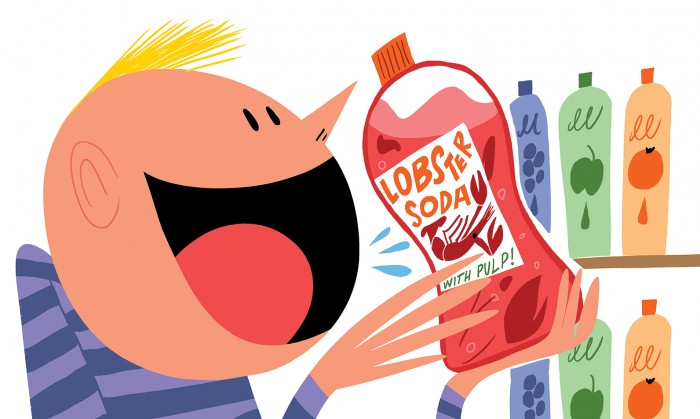Diet Crystal Pepsi. Frito Lay Lemonade. Watermelon-flavored Oreos. Through the years, store shelves have been filled with products that turned out to be flops, failures, duds, and losers.
But such products are soon yanked from the shelves, leaving us to wonder who buys these things, anyway.
Now a study in the Journal of Marketing Research answers that question. Amazingly, the same group of consumers tend to purchase all kinds of failed products, flop after flop, Diet Crystal Pepsi after Diet Crystal Pepsi.
“These ‘harbingers of failure’ have the unusual property that they keep on buying products that are [ultimately] taken from the shelves,” says marketing professor Catherine Tucker.
And these star-crossed consumers can sniff out flop-worthy products of all kinds. “This is a cross-category effect,” she says. “If you’re the kind of person who bought something that really didn’t resonate with the market—say, coffee-flavored Coca-Cola—then that also means you’re more likely to buy a type of toothpaste or laundry detergent that fails to resonate with the market.”

“It’s not just how many people are buying them,” says marketing professor Duncan Simester. “It’s how many of the right people are buying them and how many of the wrong people aren’t buying them.”
The study evaluates about 77,000 customers who purchased more than 8,800 new products at 111 branches of a U.S. convenience store chain over several years. A product pulled from stores within three years of its introduction was considered a failure; only about 40 percent survived longer.
Tucker, Simester, and colleagues focused on consumers who, at least half the time, purchased products that ultimately failed. For any given product, when the percentage of total sales accounted for by the harbingers increased from 25 to 50 percent, the product’s probability of success decreased by 31 percent. When the harbingers bought a product at least three times, its chances of success fell 56 percent.
Simester suggests that these hapless consumers have a higher “preference for risk” than other buyers. He admits to having once bought a supposedly self-cleaning cat litter box that failed to function. Tucker, for her part, acknowledges that she used to drink Crystal Pepsi: “This paper may be slightly autobiographical.”
Keep Reading
Most Popular
Large language models can do jaw-dropping things. But nobody knows exactly why.
And that's a problem. Figuring it out is one of the biggest scientific puzzles of our time and a crucial step towards controlling more powerful future models.
The problem with plug-in hybrids? Their drivers.
Plug-in hybrids are often sold as a transition to EVs, but new data from Europe shows we’re still underestimating the emissions they produce.
Google DeepMind’s new generative model makes Super Mario–like games from scratch
Genie learns how to control games by watching hours and hours of video. It could help train next-gen robots too.
How scientists traced a mysterious covid case back to six toilets
When wastewater surveillance turns into a hunt for a single infected individual, the ethics get tricky.
Stay connected
Get the latest updates from
MIT Technology Review
Discover special offers, top stories, upcoming events, and more.